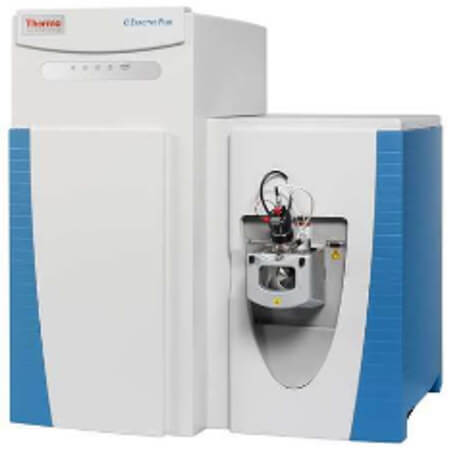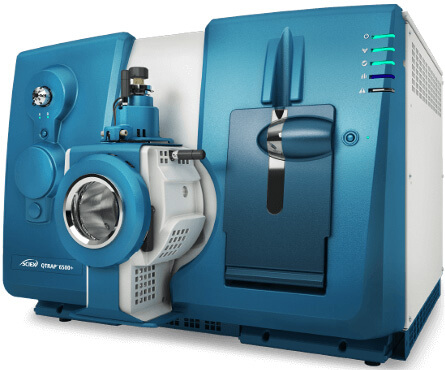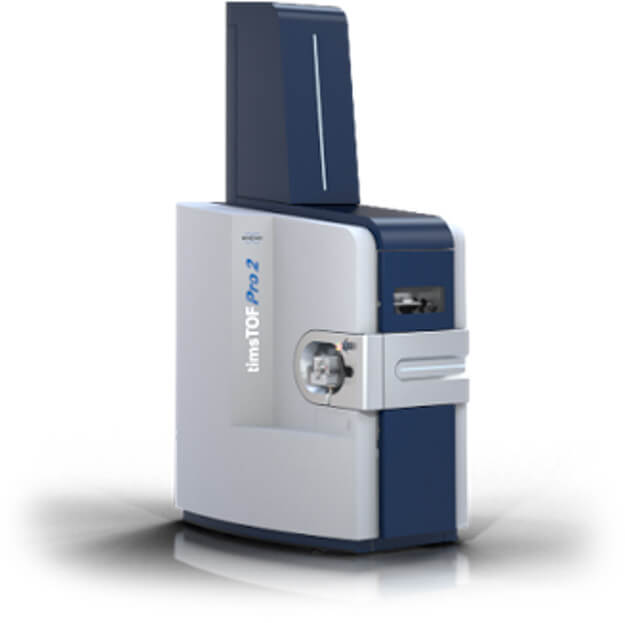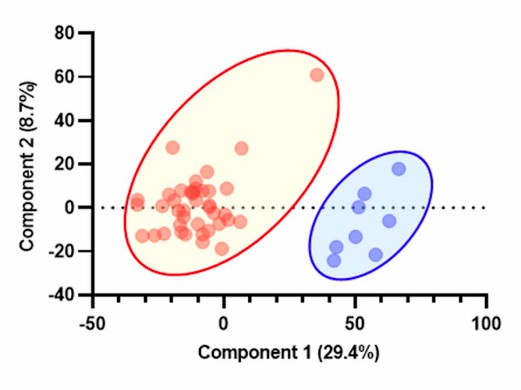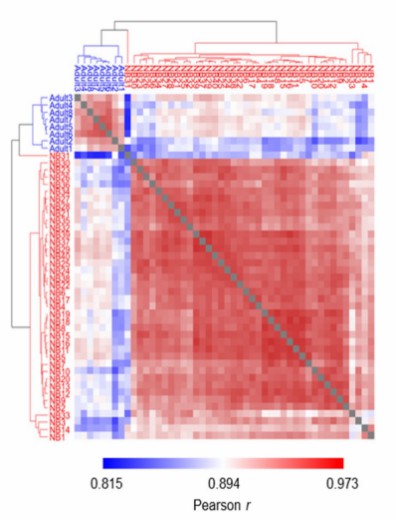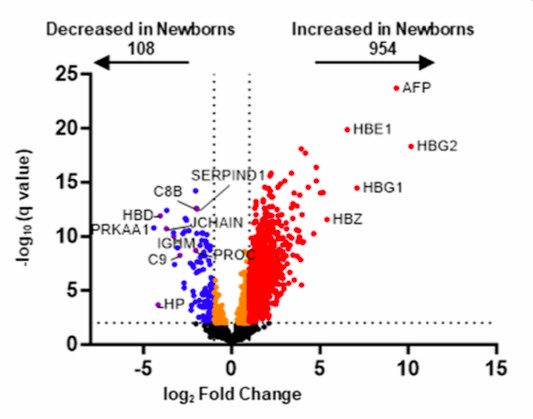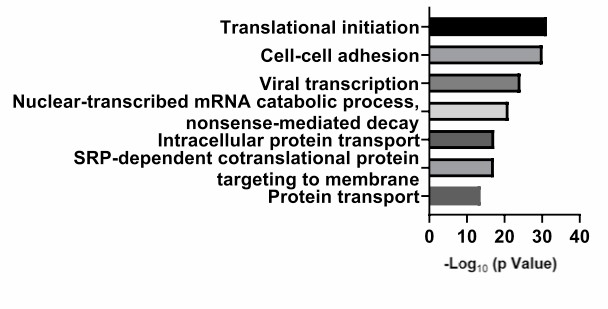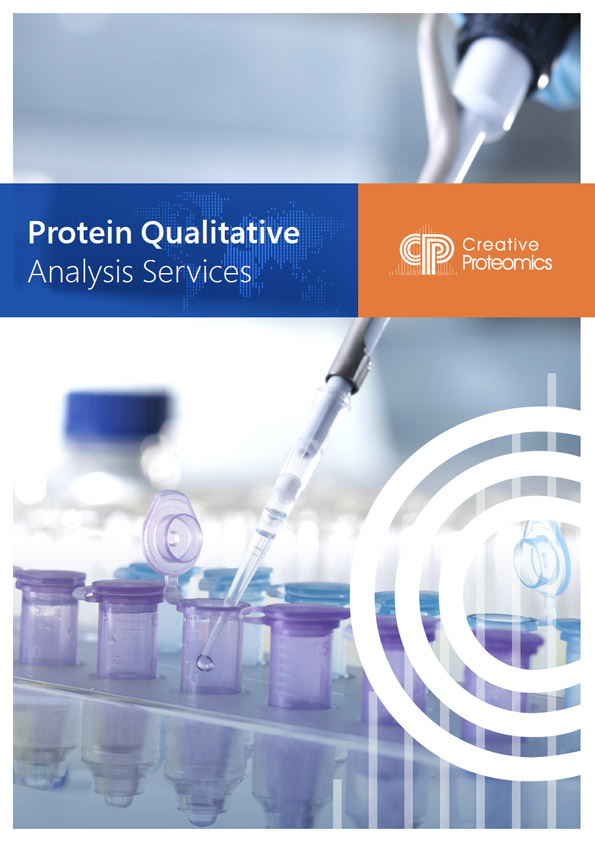Protein Identification Services
Creative Proteomics has extensive experience in protein identification, supported by advanced technology and a skilled technical team. Equipped with experienced technical team, stringent quality control system, and advanced LC-MS platform, we could deliver the reliable and accurate protein identification data to you.
Submit Your Request Now
×- Protein Identification Services
- Technical Platforms
- Workflow
- Demo
- FAQs
- Case & Publications
- Sample Requirements
What is Protein Identification?
Protein identification is a method that involves enzymatic digestion of protein mixtures in a sample to generate peptide fragments, followed by precise qualitative analysis using mass spectrometry. This approach is employed to determine the protein composition of a sample. LC-MS-based protein identification is widely applied, enabling the identification of target proteins, protein complexes, and protein-protein interactions, making it an indispensable tool in various fields of scientific research.
Protein Identification Services
Creative Proteomics accept all types of samples (e.g., gel spots, gel bands, solution samples, cell, tissue, body fluid) and will provide high sensitivity protein identification service by using the latest LC-MS technologies. For protein identification analysis, 1) We can provide assistance in determining the purity, quantity, and identity of proteins. 2) Additionally, we offer expertise in analyzing protein expression and localization. 3) Our services also encompass the investigation of PTMs in proteins. 4) Furthermore, we specialize in studying protein induction and turnover. 5) We are also expert in investigating protein's interacting partners and networks through IP/Pull-Down protein samples.
Service Contents
- Sample Preparation service
- Protein Molecular Weight Determination Service
- Protein Sequence Analysis Service
- Other Protein Identification Services
Sample Preparation service
Protein Molecular Weight Determination Service
Protein Sequence Analysis Service
Other Protein Identification Services
Technical Platforms
Instrument picture from the official website
Creative Proteomics provides mass spectrometry-based protein sequence analysis using the high-resolution Obitrap Fusion Lumos mass spectrometer,Thermo Q Exactive series, Thermo Exploris 480, and timsTOF Pro for proteomics analysis. Our platform ensures 100% sequence coverage, high sensitivity for low-abundance peptides, and combines HCD and ETD fragmentation for accurate N-terminal, C-terminal, and full-length protein sequencing, including de novo sequencing for unknown samples.
Workflow of Protein Identification
 Strategies for protein identification. (Wenli Zhang et.al, 2013)
Strategies for protein identification. (Wenli Zhang et.al, 2013)
The current protein identification strategies primarily include bottom-up, middle-up, and top-down approaches, and with the bottom-up method being the most widely employed.
A typical bottom-up proteomics workflow consists of several major steps:
(1) Protein Extraction or Purification:Proteins are extracted from biological samples as a mixture or isolated as a single protein for further analysis.
(2) Protein Concentration Determination:The concentration of the extracted proteins is measured using methods such as the bicinchoninic acid (BCA) assay.
(3) Proteolytic Cleavage:The proteins are enzymatically cleaved into peptides using proteases, commonly trypsin or lys-C.
(4) LC-MS/MS Analysis:The resulting peptide fragments are analyzed using liquid chromatography-tandem mass spectrometry (LC-MS/MS).
(5) Protein Identification and Data Analysis:The MS data files are processed to identify proteins through database search software and further analyzed using bioinformatics tools.
(6) Protein and Peptide Fractionation:Fractionation techniques, such as SDS-PAGE or chromatographic columns for proteins, and reversed-phase liquid chromatography for peptides, enhance high-throughput analysis and provide deeper proteome coverage.
(7) Post-Translational Modification (PTM) Enrichment:Specialized peptide enrichment methods are employed to identify diverse post-translational modifications (PTMs) in proteins, expanding the scope of the analysis.
Demo for Protein Identification Service
Figures come from ( Shibata, H.et.al, J Clin Immunol,2024)
Protein Identification FAQs
How should gel band samples be collected and submitted for identification?
Sampling: Submit gel dots or gel bands stained with Coomassie Brilliant Blue or silver staining, ensuring clear and non-degraded bands.
Notes: a) Coomassie Brilliant Blue staining enhances the likelihood of identifying the target protein compared to silver staining. b) For selective identification of bands of interest, cut the specific bands and place them in an Eppendorf tube. c) If using gel strips, cut the entire lane and place it in an Eppendorf tube.
Sample Submission: After cutting the desired bands, add a few drops of double-distilled water to cover the bands, pack with ice packs, and send under chilled conditions (4°C).
What are the precautions in the sampling process? Which components are not compatible with mass spectrometry?
In proteomics, proteasome inhibitors are not recommended during sample collection; also, try to avoid using solvents or extractants containing NP-40, Triton X-100, Tween 20, 80, high concentrations of SDS, etc. when preparing samples; Trypsin digestion is not recommended for adherent cell collection.
What factors may contribute to protein degradation?
a) Inadequate handling during sample collection, such as prolonged collection time, introduction of contaminants (e.g., fermentation broth), failure of plant roots and leaves to absorb excess water after washing, elevated processing temperature, etc.;
b) Extended sample preparation duration leading to degradation;
c) Repetitive freeze-thaw cycles for the samples.
How to remove the interference of high abundance protein?
a) High-abundance proteins are mainly removed using high-abundance protein removal kits, including species-specific human, rat and mouse kits;
b) Use low abundance protein enrichment kits without species bias to enrich low abundance proteins;
c) For cases where there is no suitable product for removing high abundance proteins, SDS-PAGE cleavage and chromatographic separation can be used to achieve the goal of eliminating the interference of high abundance proteins.
In which samples are high-abundance proteins typically present?
a) Generally, bodily fluid samples such as urine, blood, milk, etc., often contain high-abundance proteins. b) In immunoprecipitation (IP) solution samples, high-abundance proteins may be present due to potential interference from antibodies.
Which mass spectrometry platforms do you use for proteomics analysis?
We utilize the Thermo Orbitrap Fusion Lumos, Thermo Q Exactive series, Thermo Exploris 480, and timsTOF Pro for proteomics analysis.
How can you determine if the extracted proteins are suitable for subsequent mass spectrometry analysis?
a) Clear and evenly distributed protein bands on SDS-PAGE; b) Good parallelism within sample replicates; c) Estimate the total extracted protein amount based on SDS-PAGE results. Generally, for regular proteomics, the protein total should be above 200 μg, and for modified proteomics, the total amount may need to be increased depending on the specific modification type; d) The protein concentration of the extracted sample should not be too low.
Can enzymes related to apoptosis be detected using proteomics?
Proteomic analysis results include KEGG and GO annotations, allowing for the examination of protein annotations related to this function.
Learn about other Q&A about other technologies.
Protein Identification Case study
Why Creative Proteomics?
- Over a Decade of Expertise: Extensive experience in protein identification ensures data reliability and accuracy.
- Advanced LC-MS Platforms: Equipped with cutting-edge instruments like Orbitrap Fusion Lumos and timsTOF Pro for high-sensitivity analysis.
- Comprehensive Service Offerings: Covers protein purity analysis, sequence identification, PTM studies, and protein interaction analysis.
- Versatile Sample Compatibility: Supports a wide range of sample types, from cells and tissues to body fluids.
- Rigorous Quality Control: Scientifically designed workflows and stringent quality control systems ensure precision and consistency.
Sample Requirements
| Sample type | Recommended sample size | |
|---|---|---|
| Animal tissues | Hard tissues (bones, hair) | 300-500mg |
| Soft tissues (leaves, flowers of woody plants, herbaceous plants, algae, ferns) | 200mg | |
| Plant tissues | Hard tissues (roots, bark, branches, seeds, etc.) | 3-5g |
| Microbes | Common bacteria, fungal cells (cell pellets) | 100μL |
| cells | Suspension/adherent cultured cells (cell count/pellet) | >1*107 |
| Fluids | Plasma/serum/cerebrospinal fluid (without depletion of high abundance proteins) | 20μL |
| Plasma/serum/cerebrospinal fluid (with depletion of high abundance proteins) | 100μL | |
| Follicular fluid | 200μL | |
| Lymph, synovial fluid, puncture fluid, ascites | 5mL | |
| Others | Saliva/tears/milk | 3-5mL |
| Culture supernatant (serum-free medium cannot be used) | 20mL | |
| Pure protein (best buffer is 8MUrea) | 300μg | |
| FFPE | Each slice: 10µm thickness, 1.5×2cm area | 15-20 slices |
References
- Zhang, Wenli, and Xiaofang Zhao. "Method for rapid protein identification in a large database." BioMed research international vol. 2013 (2013).
- Shibata, Hirofumi et al. "A Non-targeted Proteomics Newborn Screening Platform for Inborn Errors of Immunity." Journal of clinical immunology vol. 45,1 33. 25 Oct. 2024.

